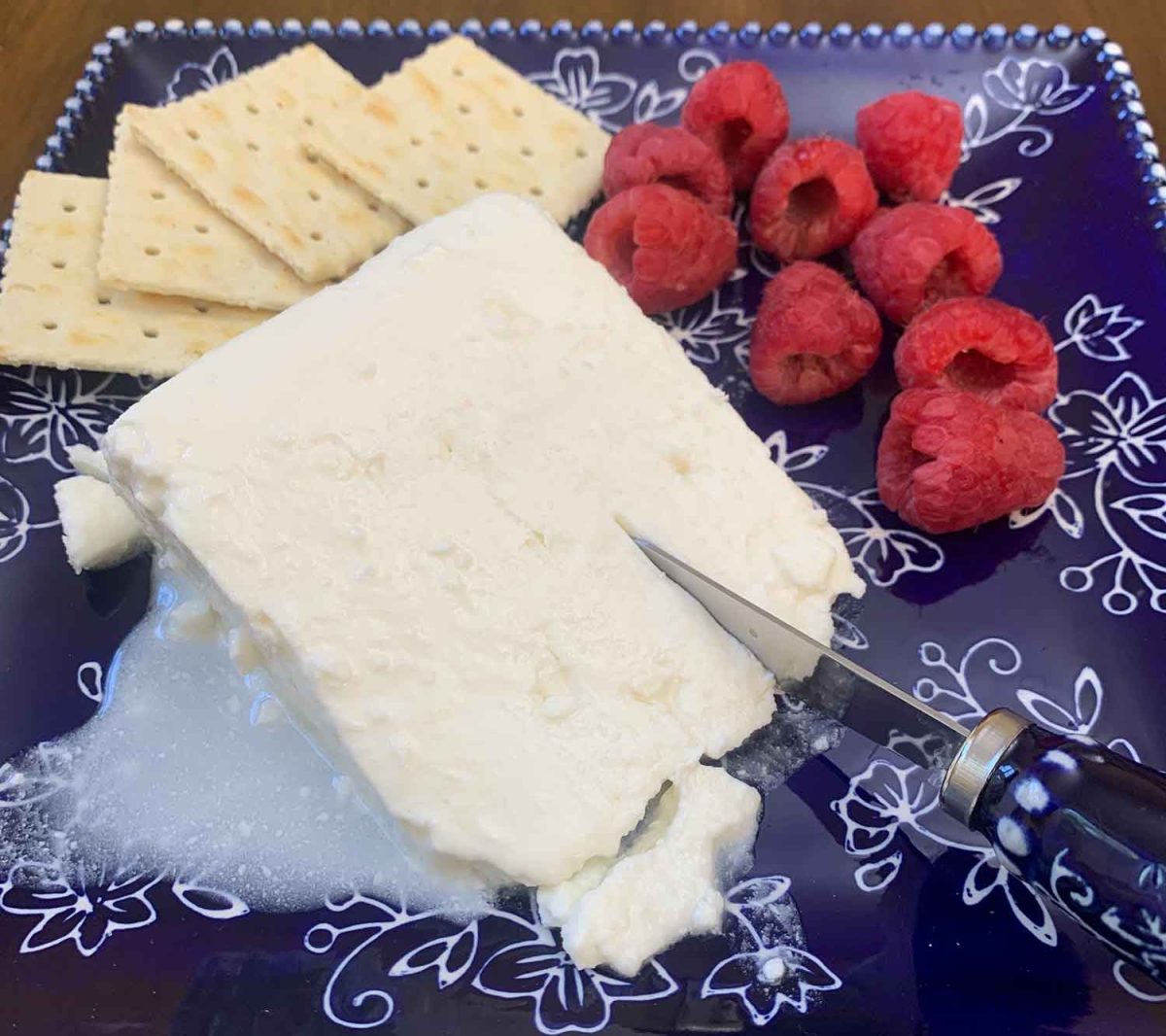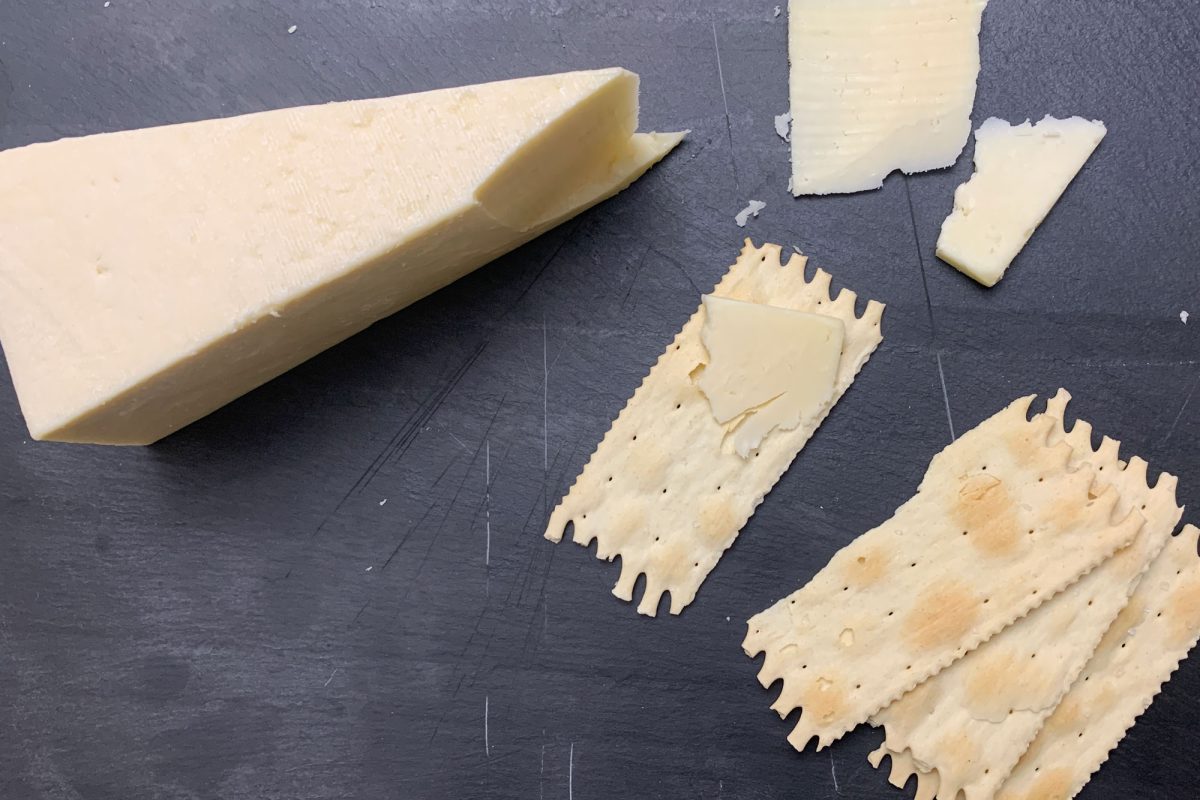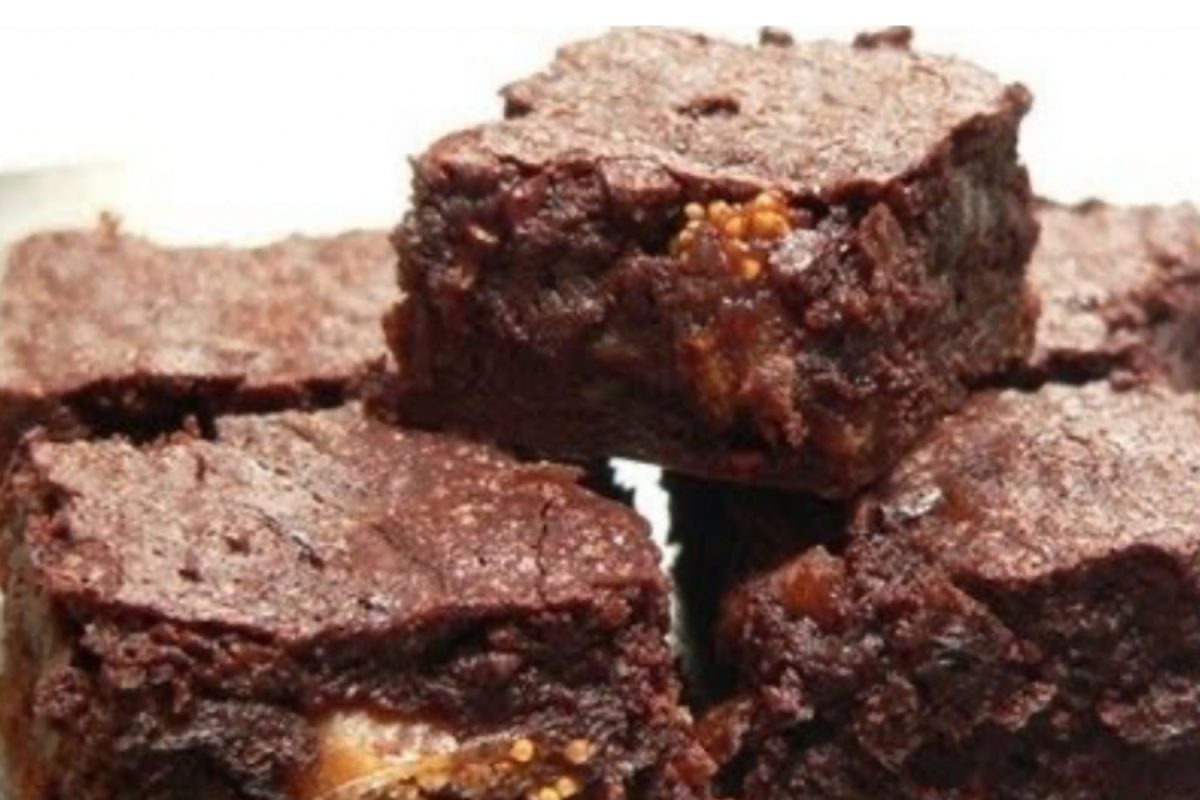Welcome back to the cheese corner, where to prepare for vacation, we’ll be going over the renowned summer cheese: feta.
Summer cheeses are usually soft and light, having a lower fat content, which makes them less likely to become waxy in the heat. These qualities make them great to enjoy outdoors along with summer fruits or vegetables.
Hailing from Greece, feta certainly fits the bill as a summer cheese, going great with salads and fruits, such as raspberries, which I could not get enough of as a side.
When it comes to texture, this white cheese is very crumbly, and its strong, tangy taste is both delicious and salty. You really feel the saltiness when the feta is juxtaposed with the berries, but the flavor can really match anything.
Feta has a history as rich as its taste, having been around since ancient times and even being mentioned in “The Odyssey.”
According to Greek mythology, the cyclops Polyphemus left sheep’s milk in a bag made of a sheep’s stomach, where it turned into the first feta cheese after a few days. Apparently, Polyphemus liked it. In “The Odyssey,” Odysseus finds him storing it in his cave.
Feta would continue to be popular in Greece for years to come but interestingly, its name actually comes from the Italian word for slice, “fetta.”
What makes feta especially unique is the fact that it is made of sheep milk, although mixing it with up to 30% of goat milk is considered acceptable. As you can likely imagine from its taste, feta’s creation process includes salt.
First, the milk is coagulated through the addition of the enzyme rennet, allowing for a curd to come off, which is then pressed into molds. The feta is then cut up, salted, and dried. Finally, it is packaged in plastic containers containing salt brine and shipped off.
Feta varies by country, since in America, the traditional Greek rules about only using sheep and a small bit of goat milk are sometimes ignored in favor of cow milk. However, the European Union passed a law to protect the authentic version of the cheese, stating only Greek feta cheese made in the traditional way is allowed to be called feta. This traditional version is what I tried.
So as the school year wraps up, maybe think about putting this Greek cheese on your summer bucket list.



































